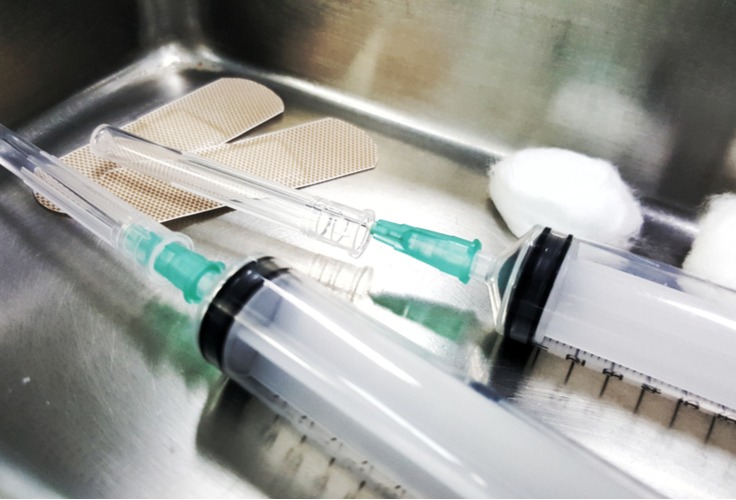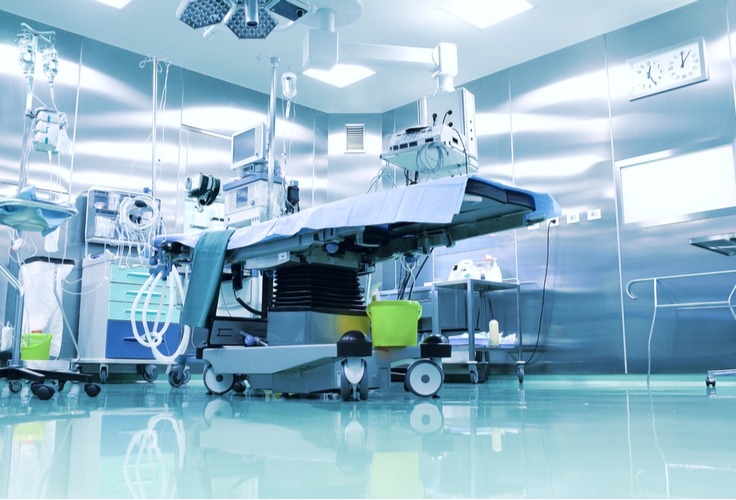Injection molding is a widely used manufacturing process in the medical industry, offering numerous advantages for a variety of applications. Medical-grade plastics injection molding is used for medical devices, components, laboratory and facility equipment, and more. Among the key advantages of the injection molding process are its ability to meet the exacting specifications and regulatory needs of the medical industry, which we’ll discuss in further detail below.
The Benefits of Medical Device Injection Molding
Medical suppliers have found that plastic injection molding medical parts, components and devices is one of the most effective ways to attain the quality and specifications they need in a cost-effective and efficient manner. Medical device plastic injection molding is used for applications such as:
- Implantable components
- Beakers, test tubes and other containers
- Housings and casings for medical and laboratory equipment
- Surgical equipment and components
- Drug delivery equipment and components
- Orthopedics
These are just a few of the ways medical device plastic injection molding is used. The process of plastic injection molding medical parts can be applied to nearly any area where durable, sterilization-friendly parts are required at high volume and with exceptional accuracy in production.

In drawing upon injection molding, medical industry suppliers and manufacturers gain access to several benefits inherent to the process and the materials available. These benefits include:
- Cost-efficiency — The nature of injection molding makes it one of the more cost-effective manufacturing processes available, especially at high volumes. When medical parts, components and devices are required in bulk, plastic injection molding will almost always be the most cost-effective option.
- Exceptional accuracy — Tight-tolerance production is critical in medical device manufacturing, where millimeters or microns can make the difference in the successful performance of a component. Skilled plastic injection molding facilities are able to produce high quantities of components and devices with exceptional accuracy and negligible variance from piece to piece.
- Material selection — Plastic injection molding boasts one of the broadest material selections of any manufacturing process. While medical-grade requirements necessarily narrow this scope, the number of materials that meet these critical specifications is still significant. We’ll discuss material selection later in this piece.
- Durability — Many plastics used in injection molding offer superior strength and durability, resisting harsh environments, vibration and blunt force without cracking, breaking or shattering. Many injection molding plastics also possess the heat resistance to be repeatedly sterilized via autoclave and other means.
- Contaminant resistance — The plastic materials used in medical device injection molding are designed to be resistant to contaminants and easily sterilized. Moreover, the injection molding process itself is easily able to meet FDA and other requirements.
Medical Device Plastic Injection Molding Considerations
Plastic injection molding for medical devices is a critical process where the stakes of failure are very high. As such, several considerations must be taken into account during the design, planning and manufacturing processes. These include:
- FDA regulations — As mentioned above, FDA regulations for cleanliness and sterility are a prime consideration for medical components, both in the parts themselves and in the manufacturing process. Ensure that the material you select meets those standards and that your manufacturing partner is able to pass an audit or other regulatory requirement for medical-grade approval.
- ISO certification and compliance — ISO regulations govern processes and outputs across numerous industries, including the medical industry. At a minimum, a facility producing medical components must meet ISO 13485:2003 standards with further compliance to Class I, II or III required, depending on the products being manufactured. Standards for biocompatibility, such as ISO 10993, may also be required, in addition to other application- or product-specific standards. Be sure that you or your manufacturing partner is aware of the standards related to your application and that the facility is able to meet and sustain compliance via audit.
- Material properties — The material chosen for medical components and devices must display specific physical properties in order to be suitable for these applications. These include:
- Ability to be sterilized — This is a minimum requirement for any medical component, whether equipment housing in a facility or part of a device that interacts directly with the human body. Materials must be contaminant-resistant and able to be sterilized in order to prevent harm to those with whom they interact.
- Suitability for extreme environments — Bio-implants must be able to handle the difficult environment of the human body, including reliable operation and durability when exposed to heat, liquid, corrosives, vibration and other movement, and more. Fortunately, many plastics used in injection molding meet those requirements.
- Durability — Easily breakable materials just aren’t practical in the medical industry, where they are as much a danger as they are an inconvenience. Ensure that your selected material offers the shatter and breakage resistance necessary in the medical field.

Material Selection for Medical Device Injection Molding
Now that you understand the benefits of plastic injection molding for medical components and devices as well as the specific requirements these components must meet, we’ll take a look at some of the specific materials that fit the bill. In general, plastics offer benefits over other materials and processes in the areas of design flexibility, overall cost-effectiveness and speed of production. Consider the following materials for your project:
- Silicone — For components and parts where flexibility is a key requirement, silicone is often the material of choice. It offers exceptional durability and biocompatibility and is very cost-effective at high volume production runs.
- Polycarbonate — This is one of the strongest materials available, with high impact and vibration resistance. Polycarbonate is ideal for components where visibility is a benefit because it can be manufactured to be almost completely transparent. It is also highly resistant to heat and UV light.
- Polyethylene — With a high molecular weight, polyethylene is ideally suited for the surfaces of prosthetics and wearable devices due to its appearance, durability and relative smoothness. It is high-strength and cost-effective but cannot be sterilized via autoclave.
- Polypropylene — This material is ideal for components that must be repeatedly sterilized via autoclave, thanks to its high heat resistance. It also demonstrates exceptional radiation resistance.
With these tips in hand, you’ll be able to make an informed decision about the material and process that’s best for your medical device or component manufacturing.


